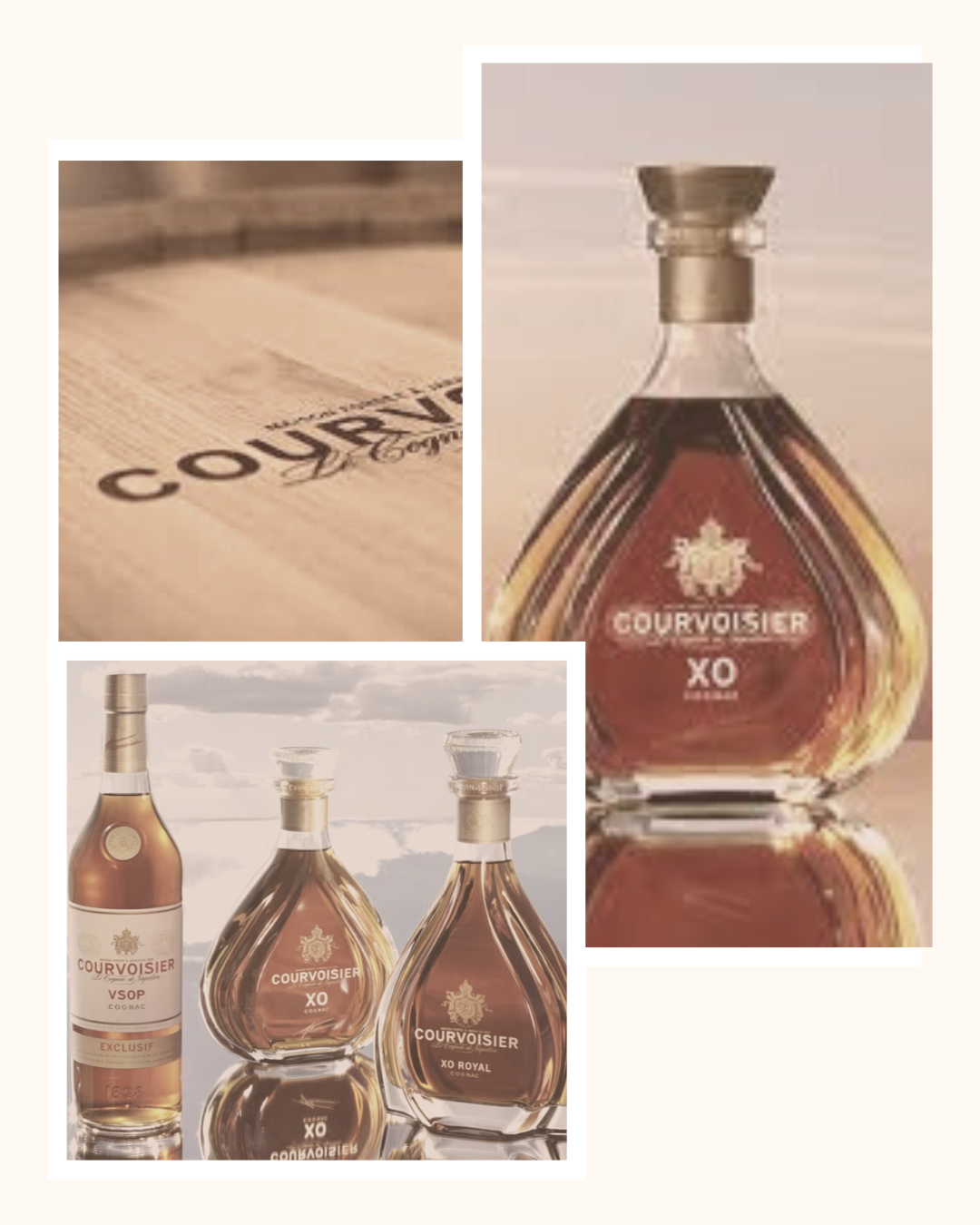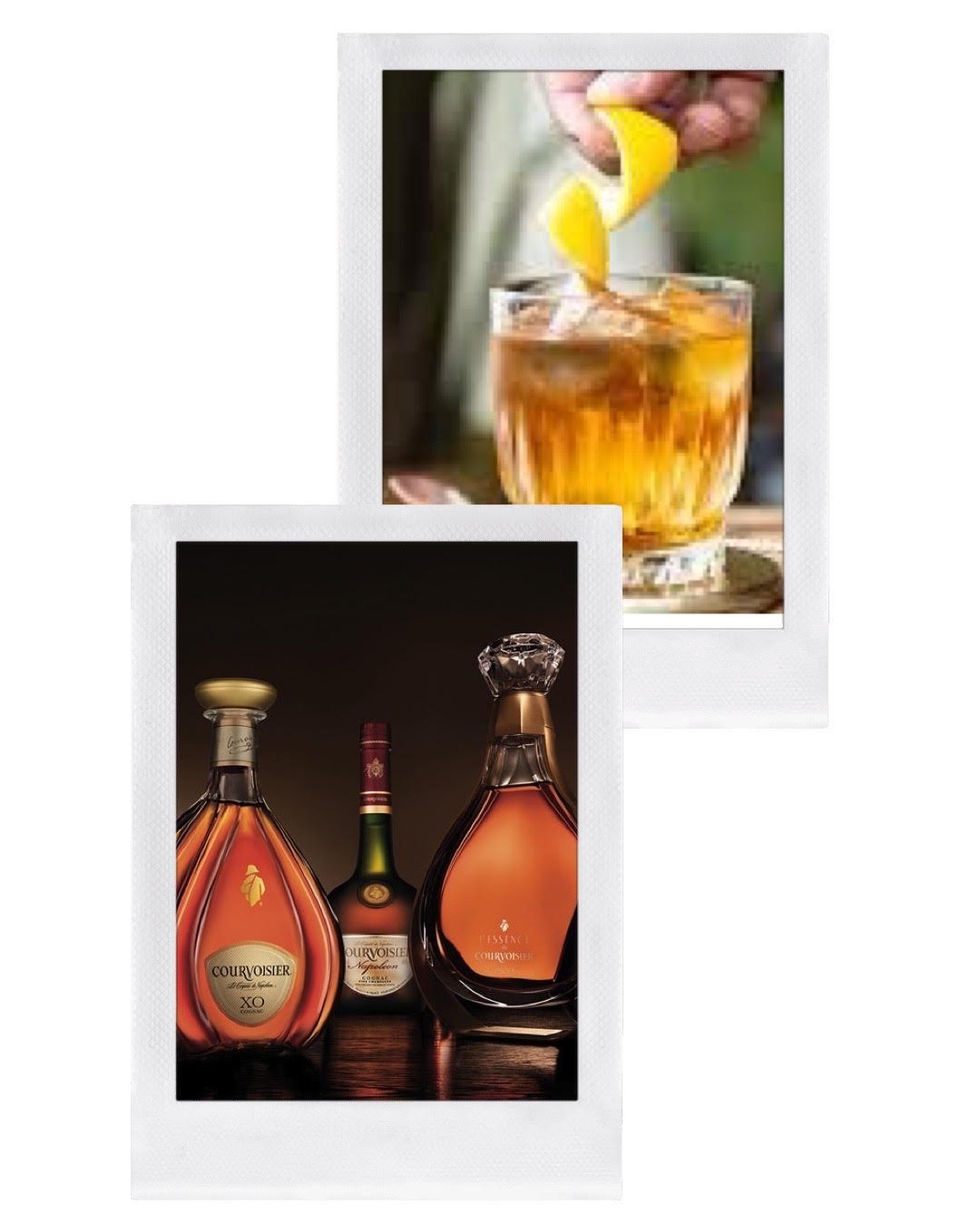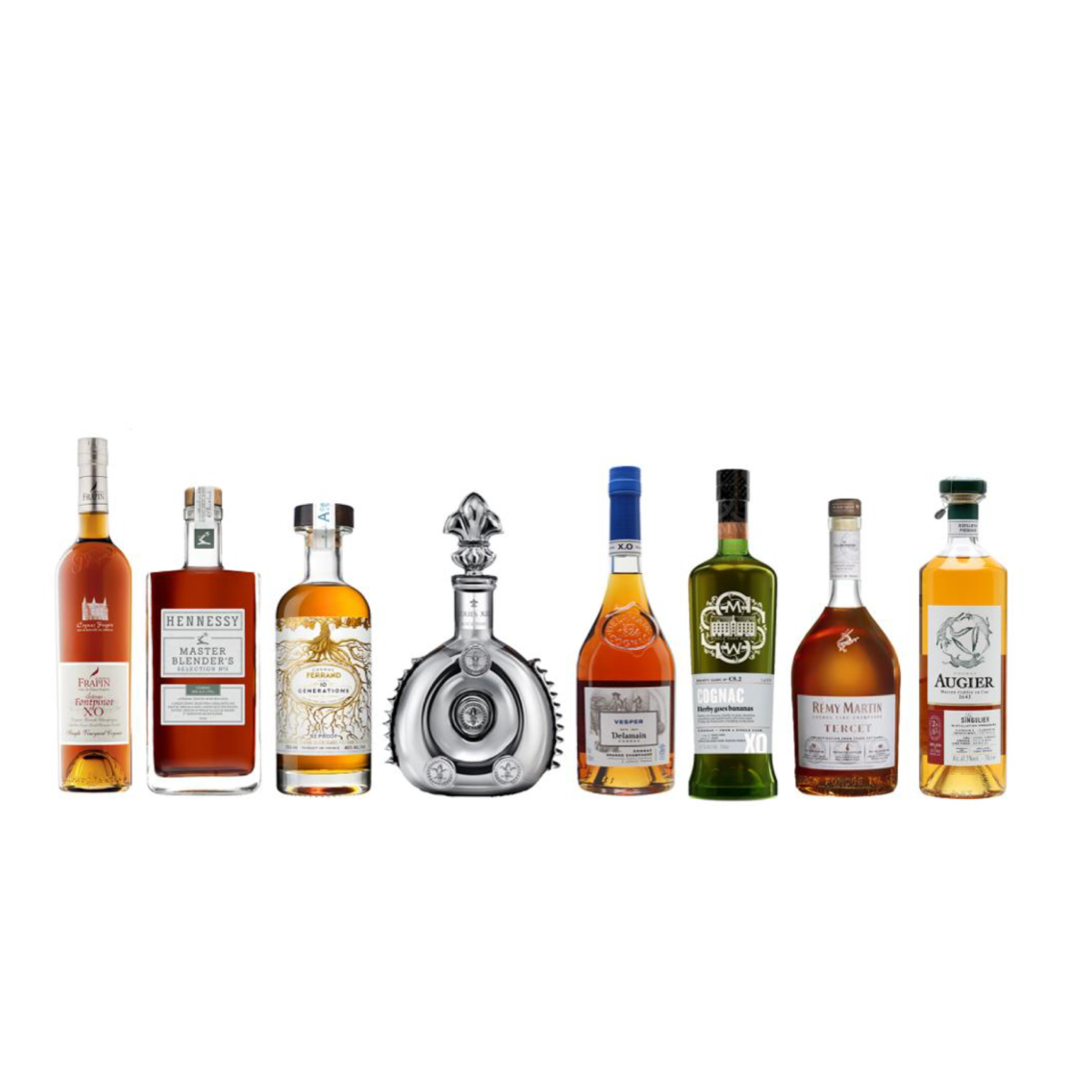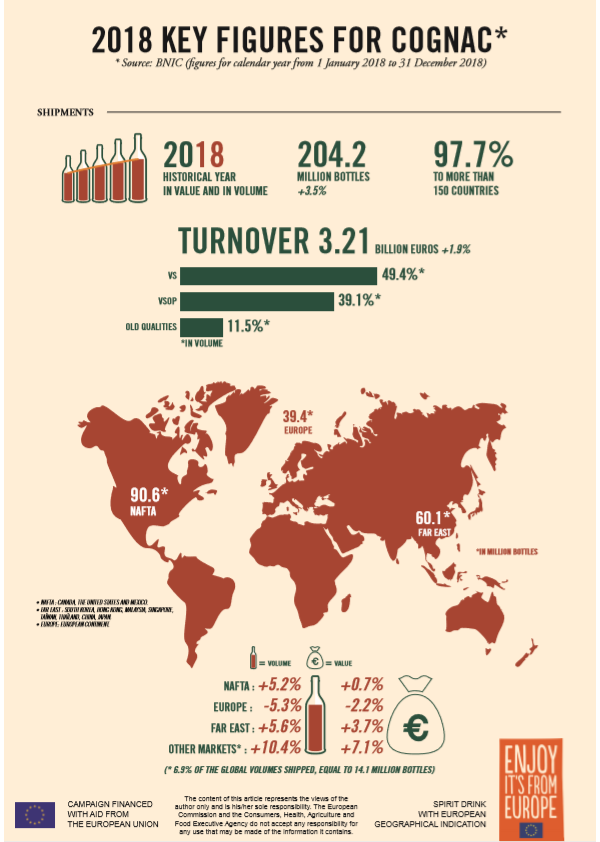Italy’s Campari (CPRI.MI) on Thursday agreed to buy historic French cognac house Courvoisier from Beam Suntory for $1.2 billion, marking a big push into brandy with Campari’s biggest acquisition on record.
The purchase of a top four cognac brandy is the crowning achievement for Chief Executive Bob Kunze-Concewitz, who is due to leave next year after steering Campari through a long list of deals, including the purchase of Grand Marnier for 490 million euros in 2016.
“Christmas came early for Campari this year,” Kunze-Concewitz told analysts.
The deal will strengthen Campari’s presence in the United States, which accounts for 55% of Courvoisier’s sales, and offers transformational potential in the Asia Pacific region – also a large cognac market, led by China.
The deal is expected to boost Campari’s net sales by around 9%, Kunze-Concewitz told analysts, adding that it was also a rare opportunity to expand the company’s premium spirits portfolio and its production and bottling capacity in France.
“Clearly this is a brand which fits into our playbook, and we expect to relaunch and grow it substantially as we’ve done with some of the other brands,” Kunze-Concewitz said. “With our marketing model we can get this brand to perform at a really different pace.”
Sales at Courvoisier, founded in 1828, declined 33% in the 10 months to Oct. 31 versus a year earlier, Campari said. It said the reasons were slowing U.S. sales after post-COVID peaks and the process of de-stocking by wholesalers that had filled their warehouses excessively.
The deal, expected to close in 2024, envisages an additional earn-out of up to $120 million, to be payable in 2029, Campari said in a statement, adding that it would fund the acquisition via a mix of debt, cash and equity or equity-like instruments.
It has secured from a group of banks a fully committed 1.2-billion-euro bridge loan with a duration of up to 24 months and will monitor markets for possible issuance.
Source: Reuters





